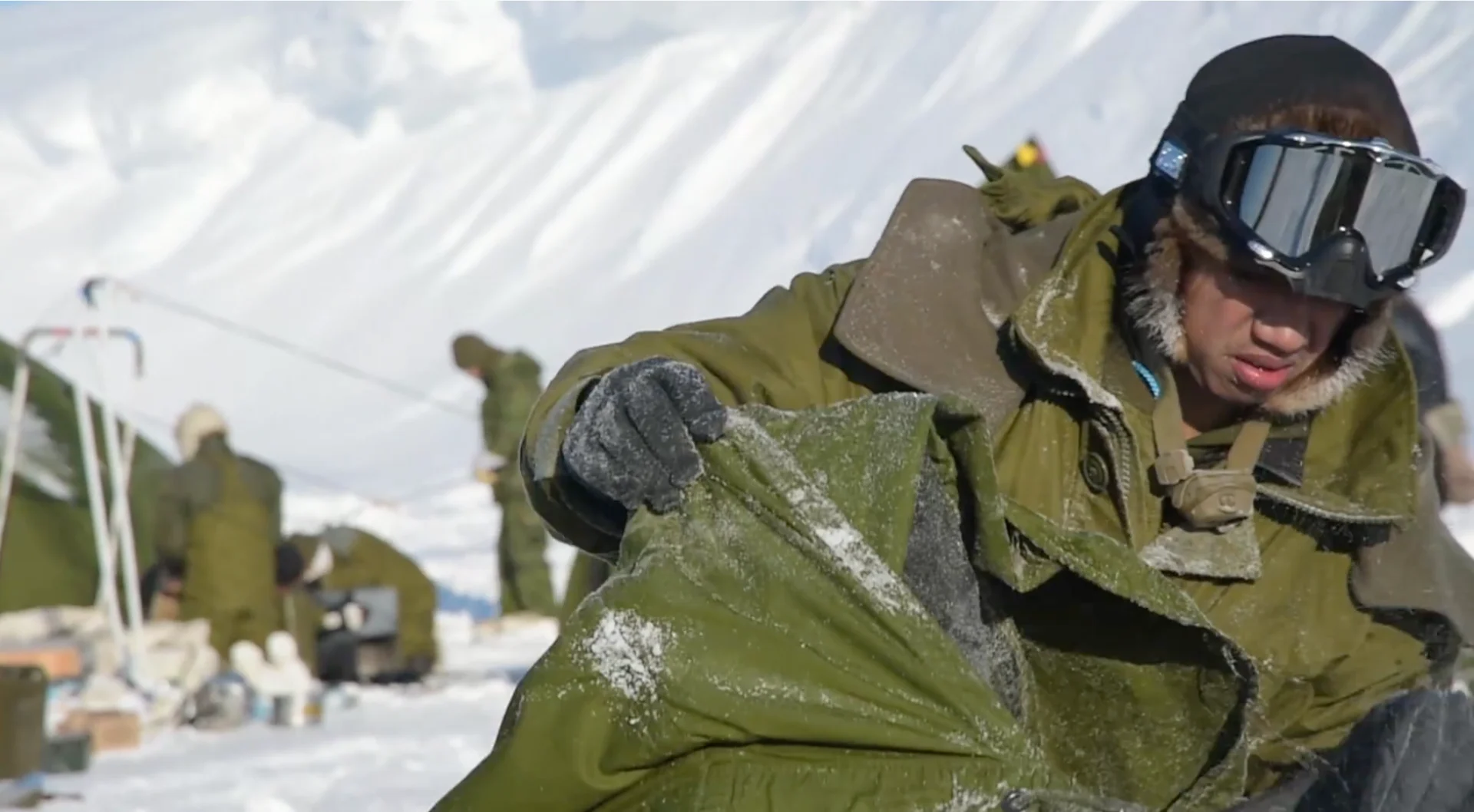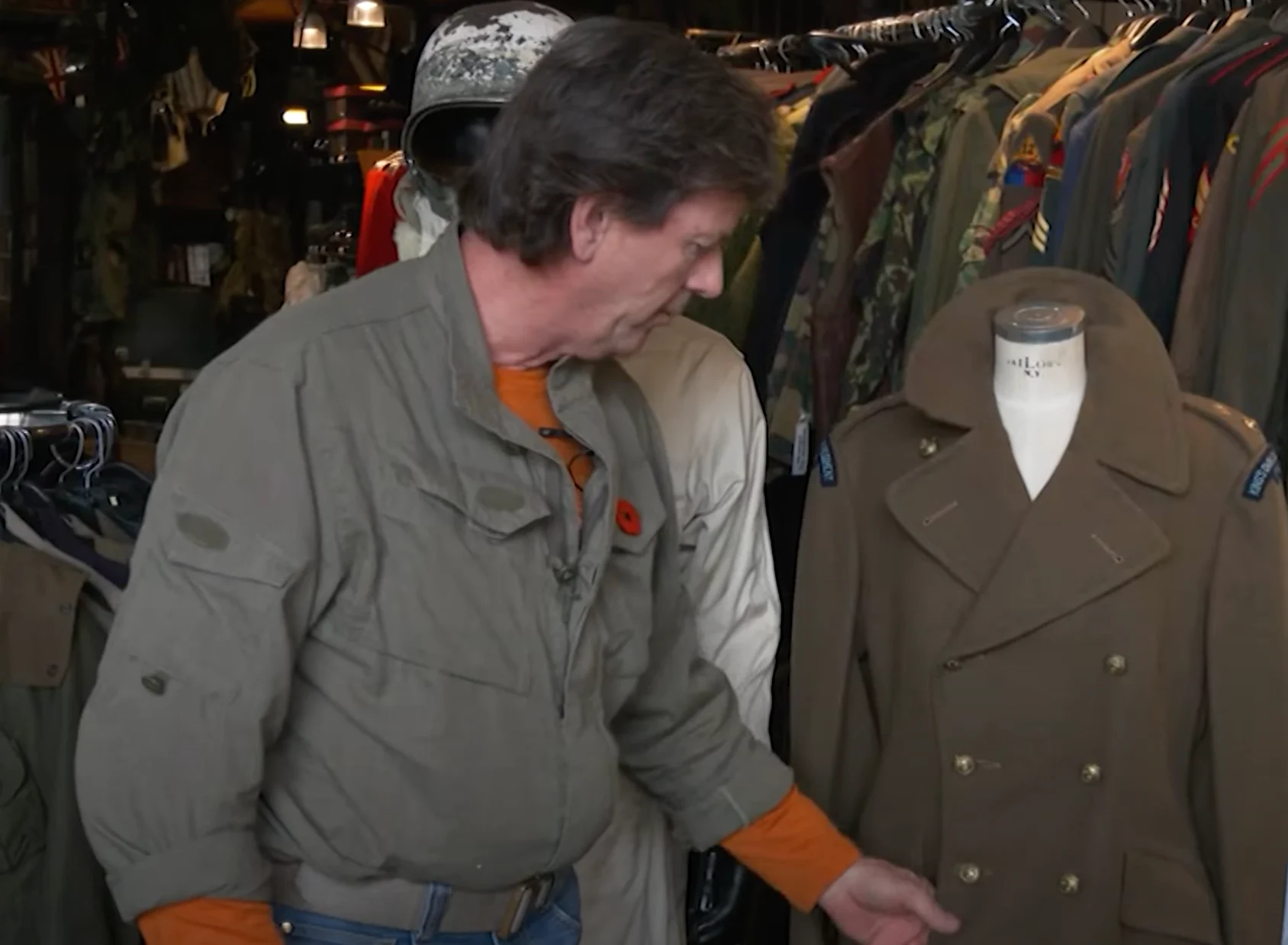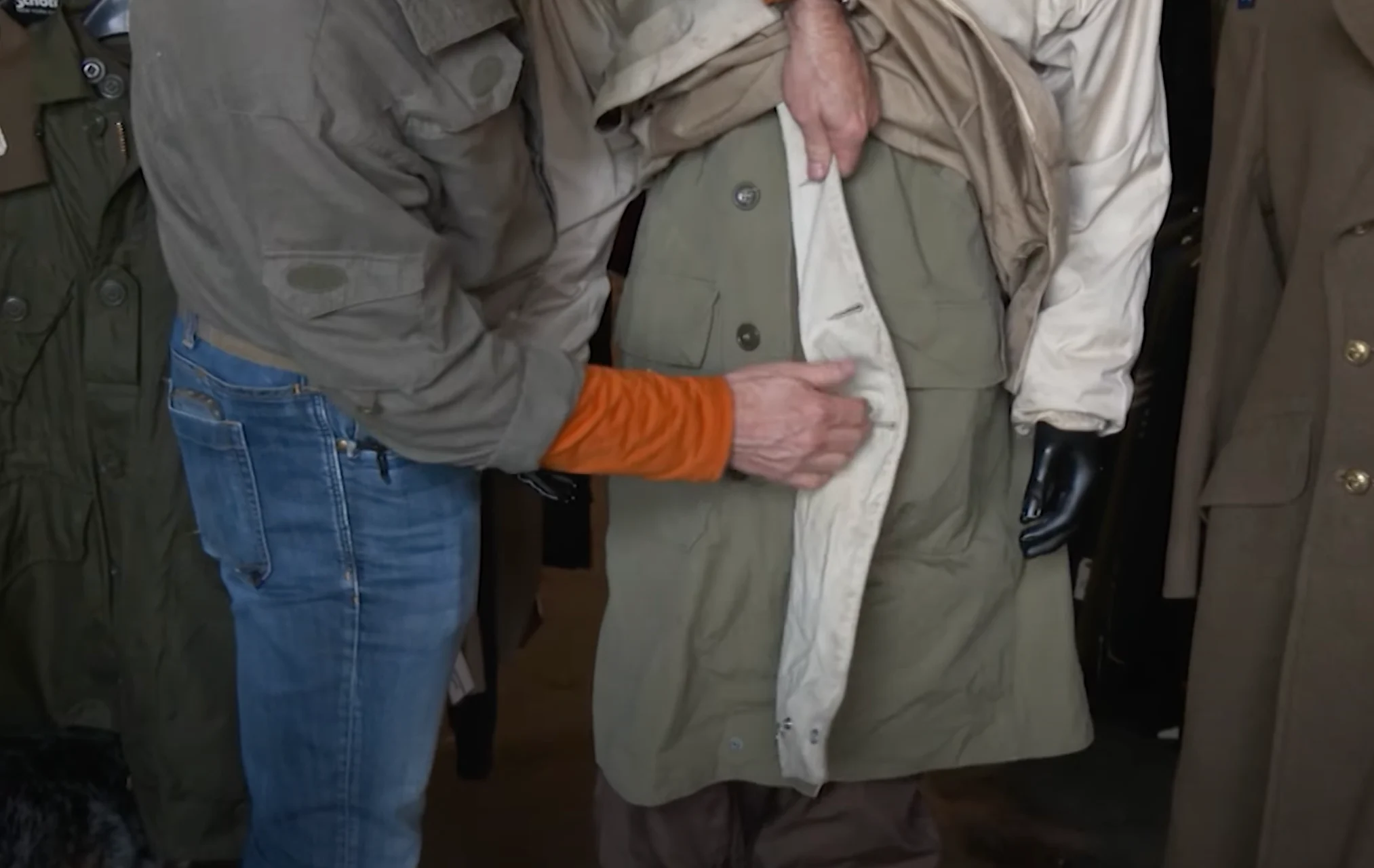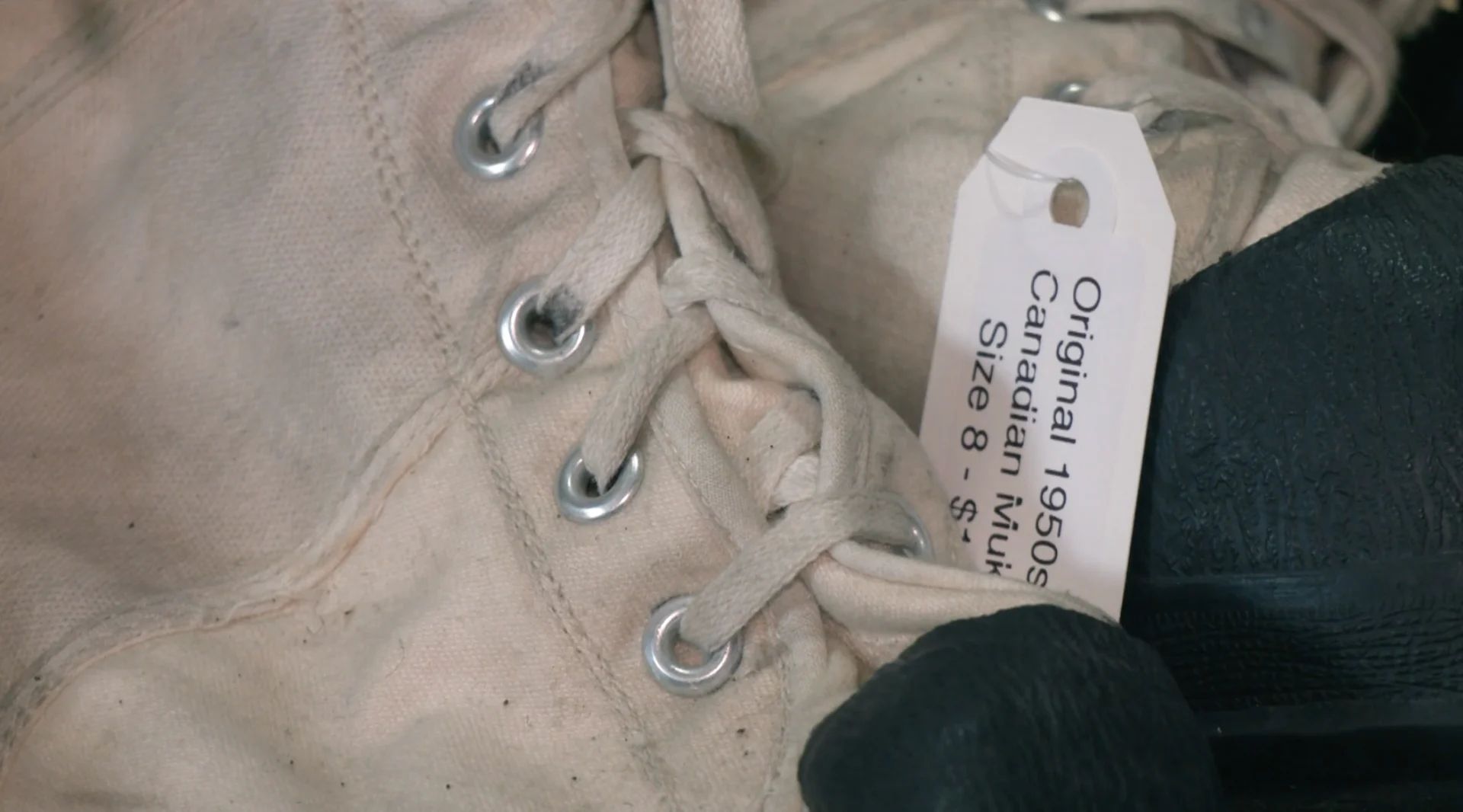
How Canada's military uniforms were shaped by weather over the years
Harsh weather during conflicts over the past century has pushed the Canadian military to constantly update the materials and designs of their soldiers' uniforms. The Weather Network's Connor O'Donovan takes a closer look.
Through the years, Canadian soldiers have fought in every condition, and as technology has evolved, so have the uniforms meant to protect them from the elements.
"The Canadian Army parka is one of the best pieces of kit you can buy to this day," says John Cumming, owner of Crown Surplus, a military surplus store in Calgary, Alta.
Cumming says we’ve come a long way from the heavy wool coats worn in the world wars. While warm, they did have drawbacks that have since been overcome.
"The issue with [old uniforms] is that moths would damage the wool, the weight, and just the cost to make," he explained.

John Cumming is the third generation owner of Crown Surplus. (The Weather Network)
SEE ALSO: A simple way to weather-proof your poppy and never lose it again
Even by the end of World War II, uniforms had become more specialized. For example, a few years later, battledress worn by Americans during the harsh winters of the Korean War featured nylon windproof pants and reversible jackets that could blend in with the snow.
In the 1970s, the Canadian military debuted a new parka. With a lightweight nylon shell, detachable synthetic lining, and wool-lined hood, it was all designed for extreme cold.
"It also has a wire insert inside the brim so you were able to shape it to whatever direction the wind [was] blowing, to keep the wind out of your face," Cumming said.

An example of an army reversible parka. (The Weather Network)
DON'T MISS: A day in the life of a Canadian Navy forecaster
Footwear has also evolved. For example, mukluks in the 1950s had steel eyelets, which would attract the cold. The mukluks currently worn by the Canadian Forces are much more weatherproof, featuring a flared heel for stability on slippery surfaces, along with nylon shells, plastic eyelets, and multiple layers between the soldier’s feet and the ground.

Mukluks in the 1950’s had steel eyelets, which would attract the cold. (The Weather Network)
"[Modern military footwear have] what they call a ‘frost shield’, and it allows air to circulate around your foot, and then you have a felt insert that goes over top," Cumming explained.
Modern-day military uniforms, meanwhile, are taking cues from mountaineering, with multiple light technical layers, adaptable to changing conditions on the ever-evolving battlefield.
WATCH BELOW: A day in the life of a Canadian Navy forecaster
(Header image courtesy of Canadian Forces)











